Fast forward to this past fall and while searching Zillow for Sears houses, I came across a possible 1930s era Sears house in Southbridge. As I like to do when I find one Sears house, I started looking around the neighborhood and to my surprise, within a block of this house, I found another half dozen Sears houses from the same era including a couple rare examples. Was this the missing 200 home Sears development that had been mentioned in that newspaper article way back when? Let take a look!
While locating these examples of Sears houses from the late 1930s was very cool, it didn't answer the question of whether this was the proposed development mentioned in the 1939 newspaper article. In my research, I had found that Southbridge isn't a very big city, less than 20,000 residents and its population today isn't much different than it was in 1940. In fact, based on its size and location in Massachusetts, a development of that size didn't seem very realistic in 1940. But based on its size, it didn't seem likely that there had been multiple developments of Sears houses so I was pretty sure that if there was a development of Sears houses in Southbridge in 1939, this was it.
Further complicating the question is the fact that all of the houses that I found were models that could be found in the 1940 Sears "Modern Homes" catalog. To date, none of the "Home Club" developments included models from the catalog. Instead, they all featured either houses based on Randolph Evans designs for Sears or custom designs specific to that "Home Club". If this had been a "Home Club" development, it definitely didn't fit the model. It also would have been one of the earliest, if not the earliest, "Home Club" development.
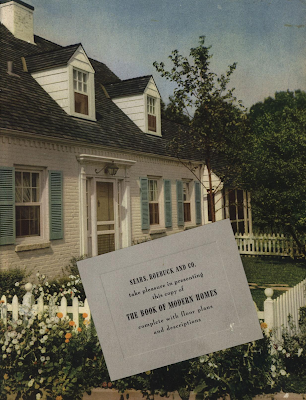 |
| Catalog of 1940 "Modern Homes" catalog - the 1939 catalog had the same cover |
Prompted by the discovery of these homes, I did another round of searching digitized newspapers and other resources but again, with no luck. There didn't seem to be anything online that would tell me why all these Sears houses were located in the same neighborhood in Southbridge. The local paper of the time, the "Southbridge News", now the "Southbridge Evening News", is still published but its archives are not available online.
Just when I thought I had reached the end of the line again, I came across a September 1939 article from Businessweek magazine about Sears Modern Homes. A breezy, somewhat opinionated recounting of the Modern Homes business since 1934, that mixed facts and prognostication with some hot takes (inaccurate, it turns out) that were adopted in some later retellings of the Modern Homes history.
I had obtained a copy of this article 5 years ago but hadn't read it in a while. Reading through it again, I noticed something I had missed before. The article mentioned "two Sears-fostered - but not Sears-financed - speculative building developments are now in progress at Southbridge, Mass, and Albany, N.Y." The article followed with some additional details that you can read below.
 |
From those details, I realized that the development they were describing for Albany, New York, was the Veeder Realty "Hampton Heights" development in Hampton Manor, New York, which is just across the Hudson River and which I've written about previously. Perhaps a coincidence, the Hampton Manor development was also promoted as planning at least 200 homes (again, way too ambitious for its location).
I now knew that the Sears houses in Southbridge were not associated with a "Home Club" development. So that cleared up one question I had. I did a little more research and was able to track down the final plat map for the area where the Sears houses are located. It's named "Westwood Hills" and was filed by Blanchard Realty Corporation in July 1939. One interesting detail about the plat is that it only has 149 lots so I'm not sure where 200 homes would go. Perhaps the earlier newspaper article had conflated the number of homes for the Hampton Manor development with this development.
I had hoped that these details would lead me to a connection with Sears but that was not the case, at least not yet. I suspect that the details of this development can be found in back issues of the "Southbridge News" and from those, we'll be able to get the rest of the story. No matter how they got there, finding this many late era Sears houses in a single neighborhood is a fun discovery. So let's check them out!
To help you oriente ourselves, here's a map showing the 9 Sears houses in this neighborhood on a map.
Sears Wilmore - 424 South Street
Sears Bridgeport - 432 South Street
Sears Medford - 24 Marjorie Lane
The big tree in front of the house makes it challenging to get a clear view of the house. But this is a Sears "Medford". We can see that what normally would be the garage of the "Medford" has been converted to an interior space. The real estate listing for the "Homestead" next door included a picture of the back of the house that allows us to see the back of the "Medford" too. You can see how the dormers on the back of the house match up with what we would expect to see as I outlined in this post I did about the "Medford" model.

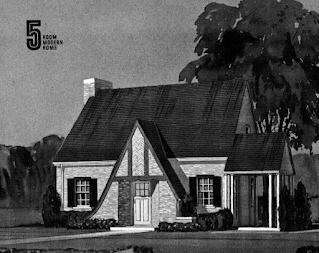


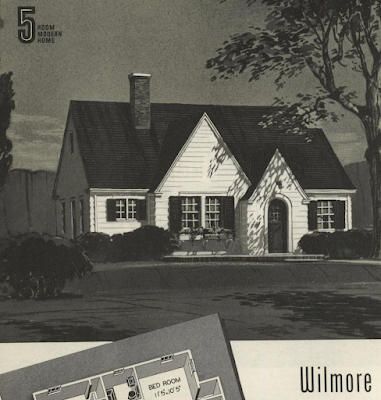
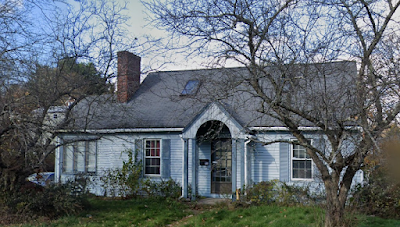



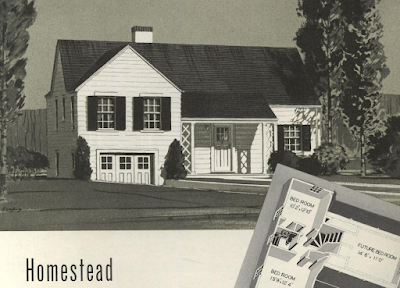




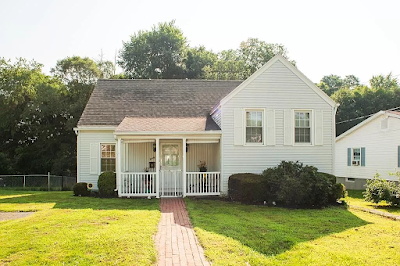












Very interesting article!
ReplyDeleteI live in the Croydon in Westwood Hills in Southbridge. I never knew it was a Sears house!
ReplyDeleteI'm hoping to definitively authenticate that it is one as the Croydon is one of the rarest Sears models out there.
Delete24 Marjorie Lane was where I grew up. This whole article was amazing. Seeing the house again was reminiscent to my childhood.
ReplyDeleteBeing advised that it is a "Medford" is just wonderful. Thank you so much.
That's a pretty Croydon!
ReplyDelete